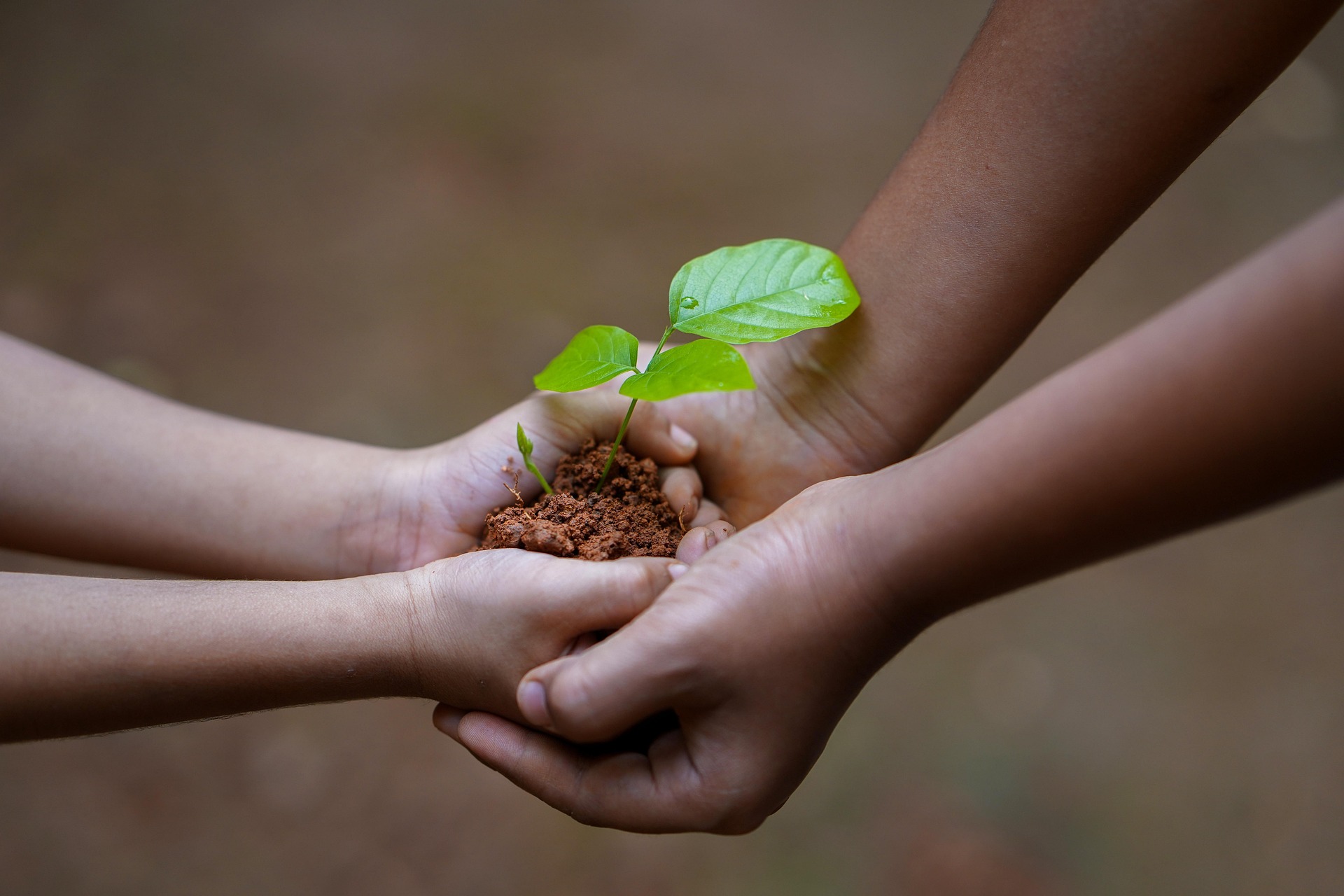TEP Workforce Development: Highlights from our Online Resource Center
Highlights from our Online Resource Center that focus on: on-the-job learning programs, retraining programs, and whole-home general contractor trainings.
Building Energy Codes and Insurance Underwriting
Energy codes play an important role in a building’s resiliency, and they are just as significant as other life safety codes. A more resilient building can be defined as a building that is prepared…
Energy Efficiency Workforce Statistics: State by State
In order to continue to grow the energy efficiency workforce, programs must consider solutions to develop a larger, more diverse pool of qualified workers and increase education and training…
Total Energy Pathways Workforce Development
To scale, grow, and diversify the contractor workforce, the Total Energy Pathways (TEP) Workforce project will focus on bringing new individuals and contractor businesses into the industry by…
Remotely: A Virtual Energy Audit Solution
With home energy performance awareness on the rise, there is need for a low-cost tool to encourage homeowners to take steps to invest in efficiency improvements. In recent years, virtual audits have…
